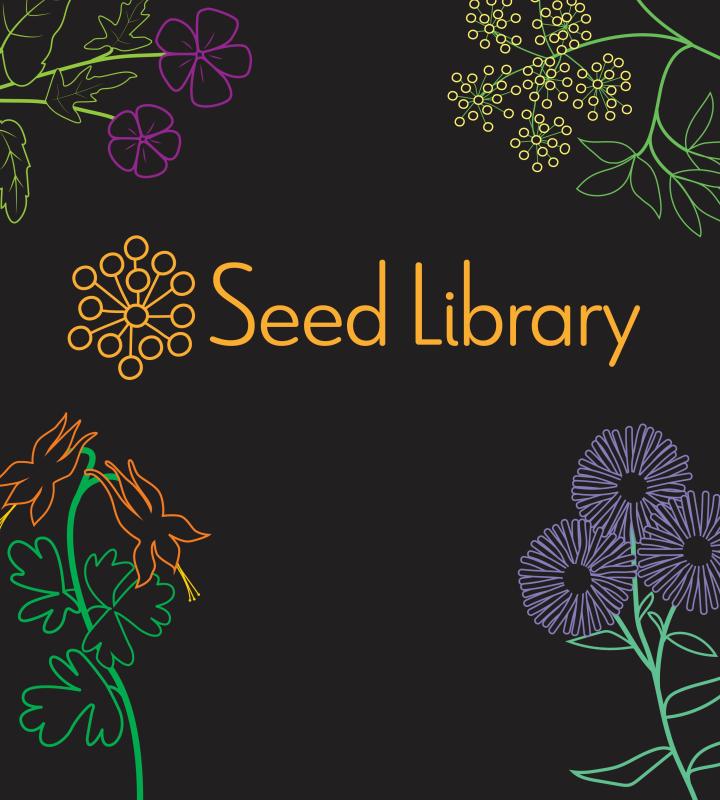Download & Stream
Access ebooks, audiobooks, streaming movies, and more:
Upcoming Events
Click on event for more details.
Join award-winning cookbook author, New York Times food columnist, and Serious Eats director J. Kenji López-Alt for an evening of cooking insights, techniques, and foodie exploration.
Disclaimer(s)
This event will be held using free Zoom software on your internet-connected device (computer, smartphone, or tablet). Registrants will receive an email the day before the event with instructions on how to join. See our Privacy Policy for library info on using third-party software.
Test your knowledge on iconic moments in history and pop culture. This month's theme: Chicago History!
Get your little one acquainted with the Library at this toddler-riffic storytime. To attend, children must be between 18 and 36 months old at the time of the class.
Disclaimer(s)
All participants should be accompanied by a parent or caregiver.
Do you have what it takes to beat the Puzzle Gauntlet? The Puzzle Master devised a series of devious challenges to test your STEAM skills and cunning to the max. Should you triumph, you will unlock the snack-a-licious treasure stash.
World Language Storytimes Available Through LOTE4Kids
Access digital books in over 70 languages with English translations. Languages include Spanish, Polish, Gujarati, Urdu, Ukrainian, and more. Listen & read along! Visit our Download & Stream page to get started.
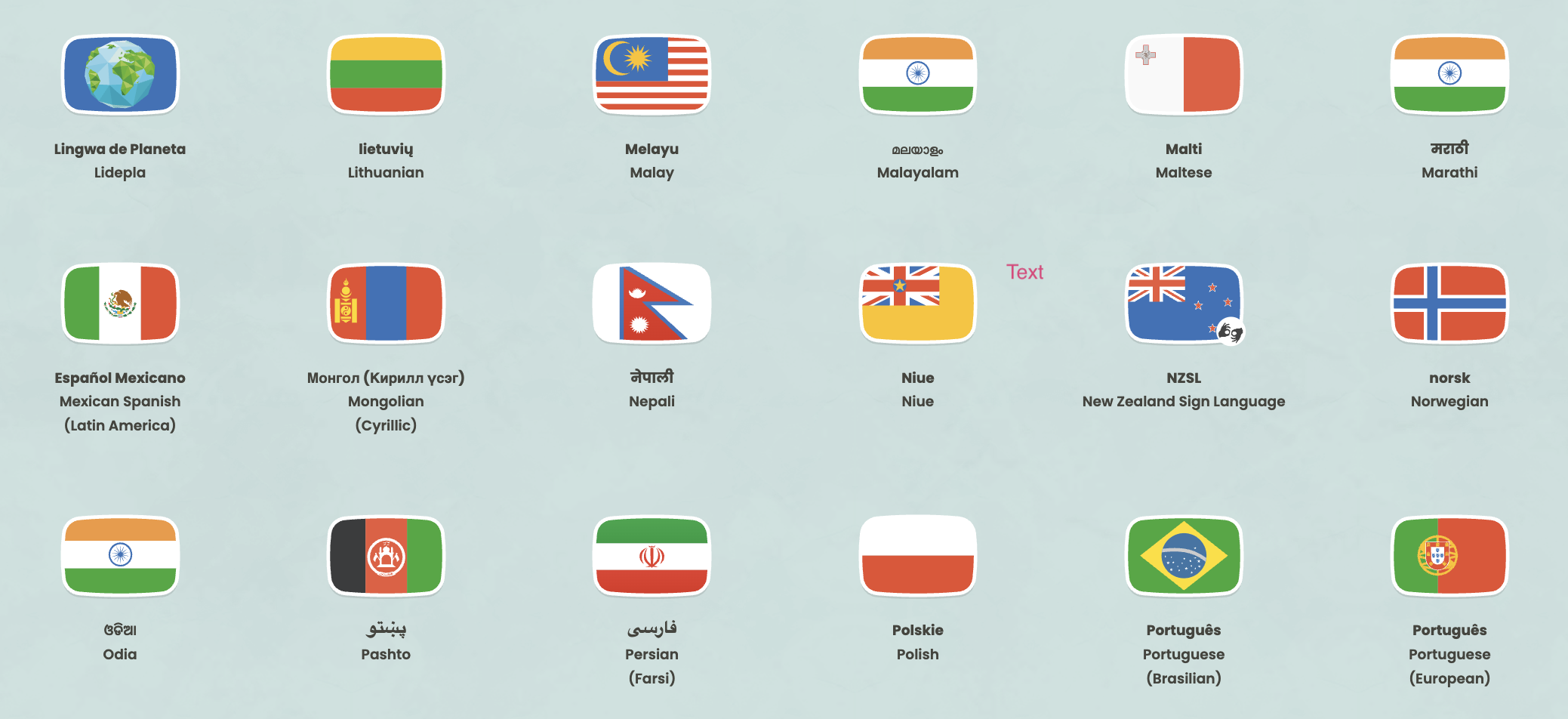
Indigenous Heritage Month - Adults
-
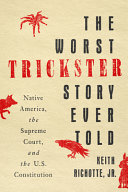
The Worst Trickster Story Ever Told
When did the federal government's self-appointed, essentially limitless authority over Native America become constitutional?
The story they have chosen to tell is wrong. It is time to tell a better story. Thus begins Keith Richotte's playful, unconventional look at Native American and Supreme Court history. At the center of his account is the mystery of a massive federal authority called plenary power.
When the Supreme Court first embraced plenary power in the 1880s it did not bother to seek any legal justification for the decision - it was simply rooted in racist ideas about tribal nations. By the 21st century, however, the Supreme Court was telling a different story, with opinions crediting the U.S. Constitution as the explicit source of federal plenary power.
So, when did the Supreme Court change its story? Just as importantly, why did it change its story? And what does this change mean for Native America, the Supreme Court, and the rule of law? In a unique twist on legal and Native history, Richotte uses the genre of trickster stories to uncover the answers to these questions and offer an alternative understanding.
The Worst Trickster Story Ever Told provides an irreverent, entertaining synthesis of Native American legal history across more than 100 years, reflecting on race, power, and sovereignty along the way. By embracing the subtle, winking wisdom of trickster stories, and centering the Indigenous perspective, Richotte opens up new avenues for understanding this history. We are able, then, to imagine a future that is more just, equitable, and that better fulfills the text and the spirit of the Constitution.
-
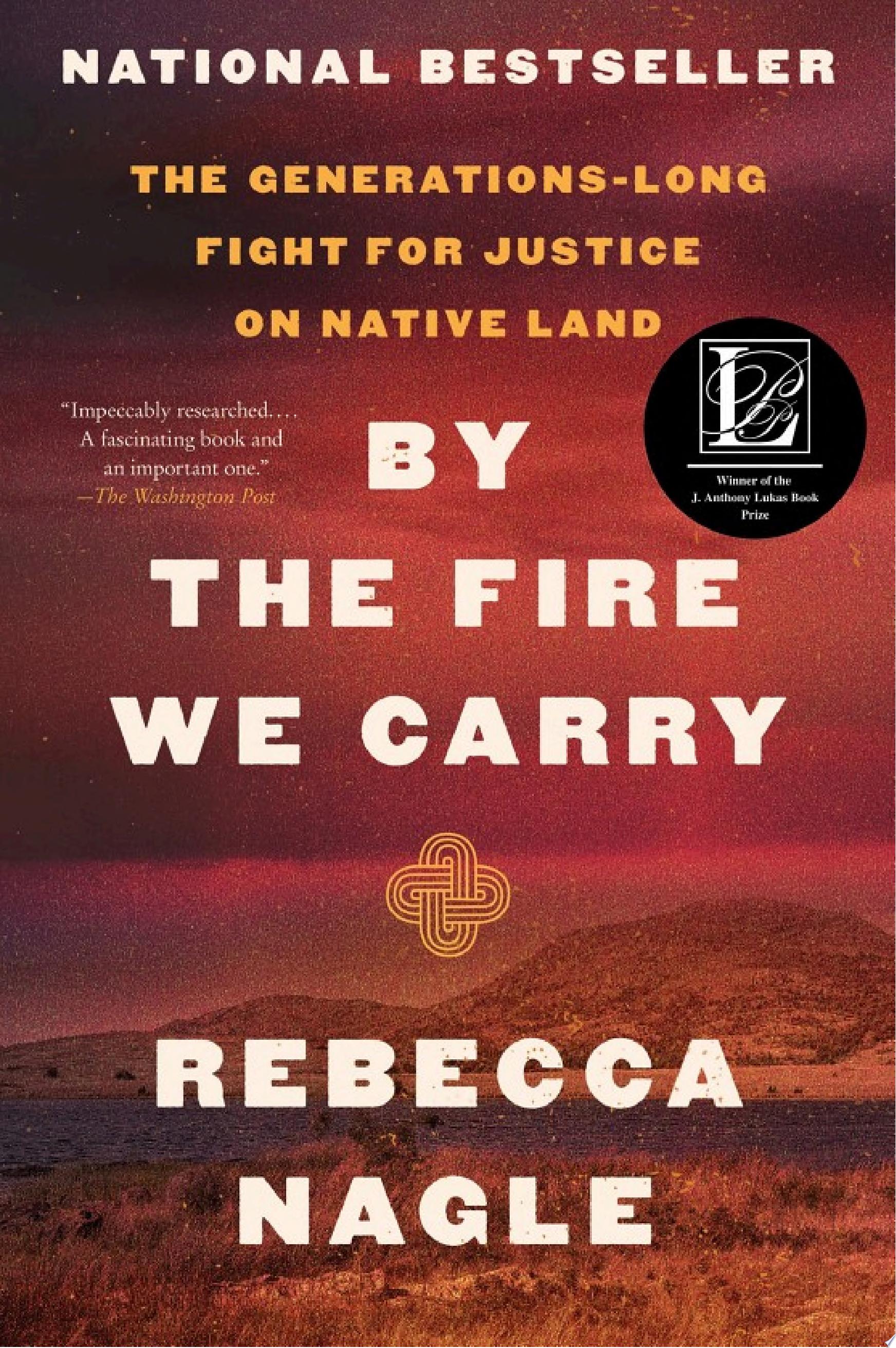
By the Fire We Carry
"No part of the judiciary exposes the chasm between American ideals and institutional practice like federal Indian law. In By the Fire We Carry, Nagle, a Cherokee journalist, turns a case most Americans haven’t heard of into a legal thriller." —New York Times Book Review
NATIONAL BESTSELLER
The New Yorker’s Best Books of 2024 • Publishers Weekly Top 10 Book of the Year • NPR 2024 “Books We Loved” Pick • Esquire Best Book of the Year • Kirkus Reviews Best Nonfiction of 2024 • Winner of the J. Anthony Lukas Book Prize • Finalist for the National Book Critics Circle John Leonard First Book Prize
An “impeccably researched” (Washington Post) work of reportage and American history that braids the story of the forced removal of Native Americans onto treaty lands in the nation’s earliest days, and a small-town murder in the 1990s that led to a Supreme Court ruling reaffirming Native rights to that land more than a century later.
Before 2020, American Indian reservations made up roughly 55 million acres of land in the United States. Nearly 200 million acres are reserved for National Forests—in the emergence of this great nation, our government set aside more land for trees than for Indigenous peoples.
In the 1830s Muscogee people were rounded up by the US military at gunpoint and forced into exile halfway across the continent. At the time, they were promised this new land would be theirs for as long as the grass grew and the waters ran. But that promise was not kept. When Oklahoma was created on top of Muscogee land, the new state claimed their reservation no longer existed. Over a century later, a Muscogee citizen was sentenced to death for murdering another Muscogee citizen on tribal land. His defense attorneys argued the murder occurred on the reservation of his tribe, and therefore Oklahoma didn’t have the jurisdiction to execute him. Oklahoma asserted that the reservation no longer existed. In the summer of 2020, the Supreme Court settled the dispute. Its ruling that would ultimately underpin multiple reservations covering almost half the land in Oklahoma, including Nagle’s own Cherokee Nation.
Here Rebecca Nagle recounts the generations-long fight for tribal land and sovereignty in eastern Oklahoma. By chronicling both the contemporary legal battle and historic acts of Indigenous resistance, By the Fire We Carry stands as a landmark work of American history. The story it tells exposes both the wrongs that our nation has committed and the Native-led battle for justice that has shaped our country.
-
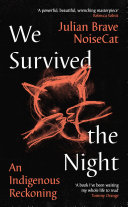
We Survived the Night
A SERVICE95 BOOKCLUB HYPE READ FOR OCTOBER + HARPERS BAZAAR BEST BOOK OF AUTUMN 2025
'A powerful, beautiful, wrenching masterpiece ... both a memoir and something that reaches far beyond the personal'' REBECCA SOLNIT, author of HOPE IN THE DARK
'The book I've been waiting my whole life to read' TOMMY ORANGE, author of the Booker longlisted WANDERING STARS
'A story that must be told' KATHLEEN DUVAL, Pulitzer Prize-winning author of NATIVE NATIONS
-
"In my people's language, we greet each other each morning by saying "Tsecwínucw-k: 'You survived the night"'
One dark night, a new-born is discovered dumped inside a waste incinerator. The boy, rescued from death, grows into a man who will in turn abandon his own children, including his first-born son Julian Brave NoiseCat.
Behind this father-son story lies an even darker history of abuse, colonialism and vicious attempts to erase North America's First Peoples from their land. Told in the style of a 'Coyote Story', a legend of the trickster forefather of NoiseCat's people, We Survived the Night brings a vanishing artform back to life in this dazzling account of contemporary Indigenous North America. Braiding on-the-ground reportage together with intimate experience, history with mythology, NoiseCat grapples with trauma that cascades across generations to uncover truths about himself, his family and his people - how they survived and how, through vital political, environmental and cultural movements, they are coming back.
An inventive, illuminating and moving narrative from one of the most compelling artists at work today, We Survived the Night is both reconciliation and celebration of Indigenous pain, hope and resurgence - and their power to shape a collective future.
Here is an unforgettable journey of restoration through father-son ties and historic reckoning of Indigenous people, announcing a major new literary talent. -
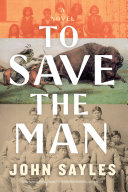
To Save the Man
Now in paperback: in the vein of Killers of the Flower Moon, one of America’s greatest storytellers sheds light on an American tragedy: the Wounded Knee Massacre, and the ‘cultural genocide’ experienced by the Native American children at the Carlisle Indian Industrial School . . .
In September of 1890, the academic year begins at the Carlisle School, a military-style boarding school for Indians in Pennsylvania, founded and run by Captain Richard Henry Pratt. Pratt considers himself a champion of Native Americans. His motto, “To save the man, we must kill the Indian,” is severely enforced in both classroom and dormitory: Speak only English, forget your own language and customs, learn to be white.
As the young students navigate surviving the school, they begin to hear rumors of a “ghost dance” amongst the tribes of the west—a ceremonial dance aimed at restoring the Native People to power, and running the invaders off their land. As the hope and promise of the ghost dance sweeps across the Great Plains, cynical newspapers seize upon the story to whip up panic among local whites. The US government responds by deploying troops onto lands that had been granted to the Indians. It is an act that seems certain to end in slaughter.
As news of these developments reaches Carlisle, each student, no matter what their tribe, must make a choice: to follow the white man’s path, or be true to their own way of life . . . -
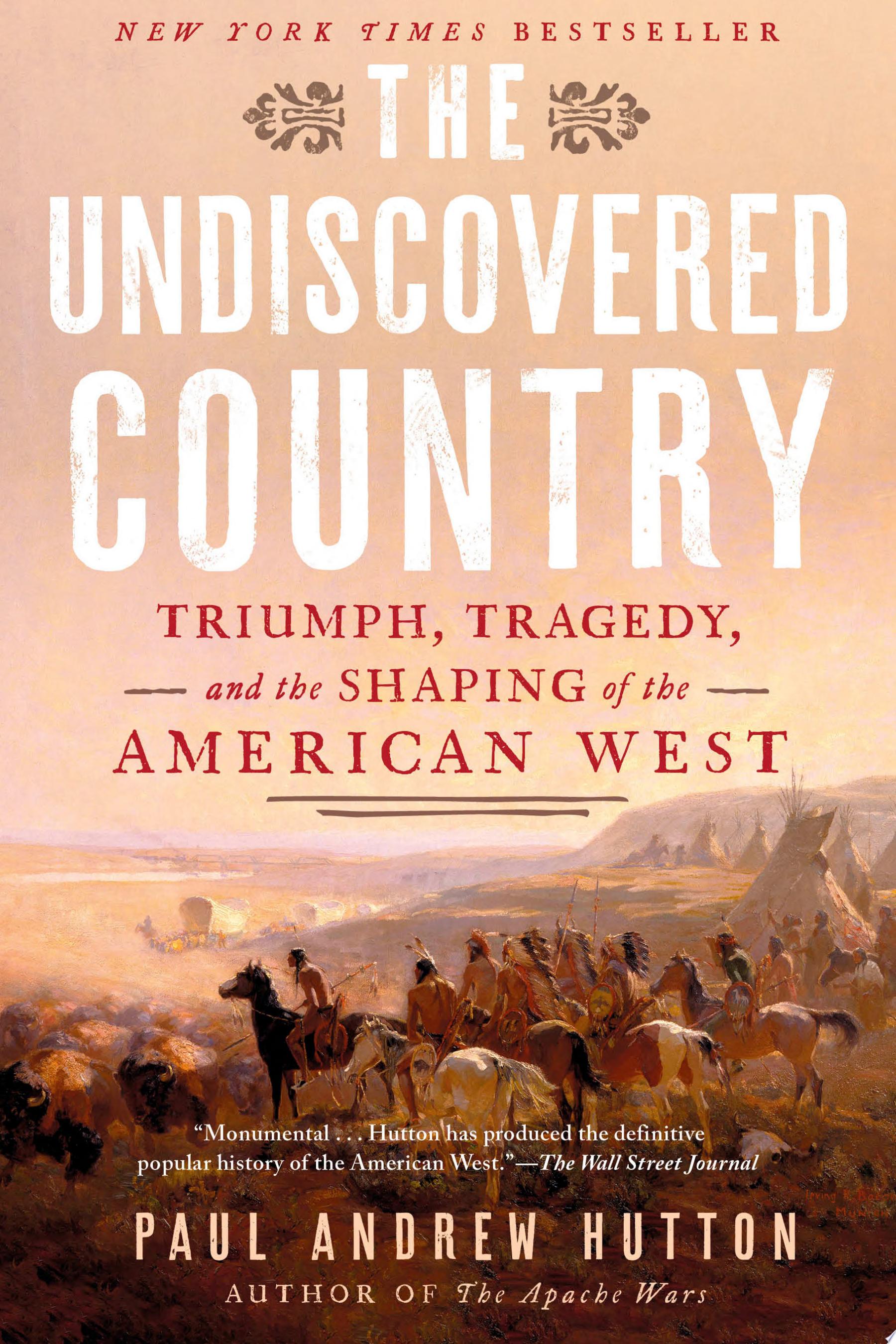
The Undiscovered Country
New York Times Bestseller
From the author of The Apache Wars, the true story of the American West, revealing how American ambition clashed with the realities of violence and exploitation
The epic of the American West became a tale of progress, redemption, and glorious conquest that came to shape the identity of a new nation. Over time a darker story emerged—one of ghastly violence and environmental spoliation that stained this identity.
The Undiscovered Country strips away the layers of myth to reveal the true story of this first epoch of American history. From the forests of Pennsylvania and Kentucky to the snow-crested California Sierras, and from the harsh deserts of the Southwest to the buffalo range of the Great Plains, Paul Andrew Hutton masterfully chronicles a story that defined America and its people. From Braddock’s 1755 defeat to the 1890 Wounded Knee massacre, he unfolds a grand narrative steeped in romantic impulses and tragic consequences.
Hutton uses seven main protagonists—Daniel Boone, Red Eagle, Davy Crockett, Mangas Coloradas, Kit Carson, Sitting Bull, and William “Buffalo Bill” Cody—as the biographical threads by which to weave a tapestry across seven generations, revealing a story of heroic conquest and dark tragedy, of sacrifice and greed, and of man-made wonders and environmental ruin.
The American frontier movement has proven eternally fascinating around the world—the subject of countless books, paintings, poems, television shows, and films. The Undiscovered Country reveals the truth behind America’s great creation myth. -
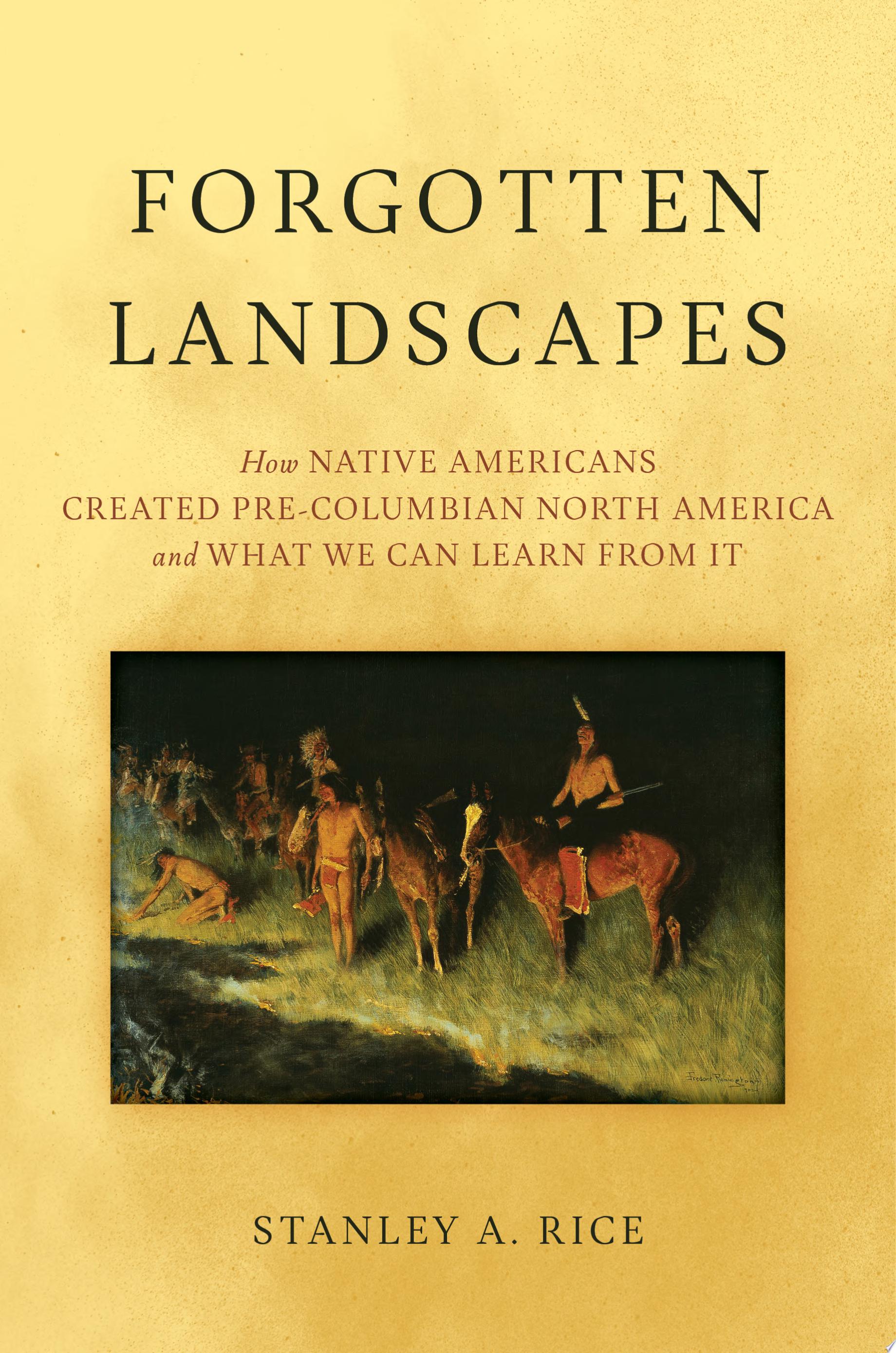
Forgotten Landscapes
Rediscover the thriving civilizations of Pre-Columbian America and learn how Native ingenuity transformed the landscape into a flourishing world we can still learn from today
North America was not empty nor were its inhabitants savages when Europeans arrived in 1492. Quite the opposite, North America was thickly populated by indigenous people who lived in clean cities, had a thriving economy, and transformed the landscape into bountiful productivity. Forgotten Landscapes reveals the incredible extent to which Native Americans manipulated and shaped their surrounding environs through agricultural practices and urban engineering, resulting in one of the most prosperous civilizations of their time.
Well before European contact, North American cities and villages were bound together by an intricate trade network. Today, Spiro Mound in rural Oklahoma is a few piles of dirt, not on the road to anywhere. But at the time of the Mississippian civilization, about a thousand years ago, it was one of the largest cities in the world. With the controlled use of fire, Native Americans had transformed thick forests into open woodlands and expanded the ranges of prairies. Through organized hunting, Natives controlled the populations of prey animals such as passenger pigeons, and when Native populations grew large enough, they developed agriculture including irrigated crops, and even orchards.
In this fascinating and overdue book, author Stanley A. Rice shows readers the Pre-Columbian landscape of America that has been largely forgotten. -

Hole in the Sky
A gripping sci-fi thriller—and Native American First Contact story—from the New York Times bestselling author of Robopocalypse, Daniel Wilson, who is a Cherokee Nation citizen and works as a threat forecaster for NASA.
Heliopause is a real place—the very outer edge of our solar system where the sun's solar winds are no longer strong enough to keep debris and intrusions from bombarding our system. It is the farthest edge of our protected boundary (it was recently crossed by Voyager), and the line beyond which space experts look for extraterrestrial presences. This is where Daniel Wilson's fascinating novel begins. Weaving together the story of Jim, a down-on-his-luck absentee father in the Osage territory of Oklahoma, and his daughter, Tawny, with those of a NASA engineer, a misfit anonymous genius who lives in military isolation analyzing a secret incoming "Pattern," and a CIA investigator tasked with tracking unexplained encounters, Hole in the Sky explores a Native American first contact that pulls all five characters into something never before seen or imagined. -

Native America
An epic deep history of the Indigenous peoples of North America, covering more than 20,000 years of astonishing diversity, adaptation, resilience, and continuity
Native America presents an infinitely surprising and fascinating deep history of the continent’s Indigenous peoples. Kenneth Feder, a leading expert on Native American history and archaeology, draws on archaeological, historical, and cultural evidence to tell the ongoing story, more than 20,000 years in the making, of an incredibly resilient and diverse mixture of peoples, revealing how they have ingeniously adapted to the many changing environments of the continent, from the Arctic to the desert Southwest.
Richly illustrated, Native America introduces close to a hundred different peoples, each with their own language, economic and social system, and religious beliefs. Here, we meet the Pequot, Tunxis, Iroquois, and Huron of the Northeast; the Navajo, Hopi, Zuni, and Apache of the Southwest; the Hidatsa, Mandan, and Lakota of the Northern Plains; the Haida, Kwakiutl, Nootka, and Salish of the Northwest Coast; the Tule River and Mohave of Southern California; the Cherokee, Creek, and Seminole of the Southeast; and the Inuit and Kalaallit of the Arctic. We learn about hunters of enormous Ice Age beasts; people who raised stone toolmaking to the level of art; a Native American empire ruled by a king and queen, with a huge city at its center and colonies hundreds of miles away; a society that made the desert bloom by designing complex irrigation networks; brilliant architects who built fairy castles in sandstone cliffs; and artists who produced beautiful and moving petroglyphs and pictographs that reflect their deep thinking about history, the sacred, the land, and the sky.
Native America is not about peoples of the past, but vibrant, living ones with an epic history of genius and tenacity—a history that everyone should know. -
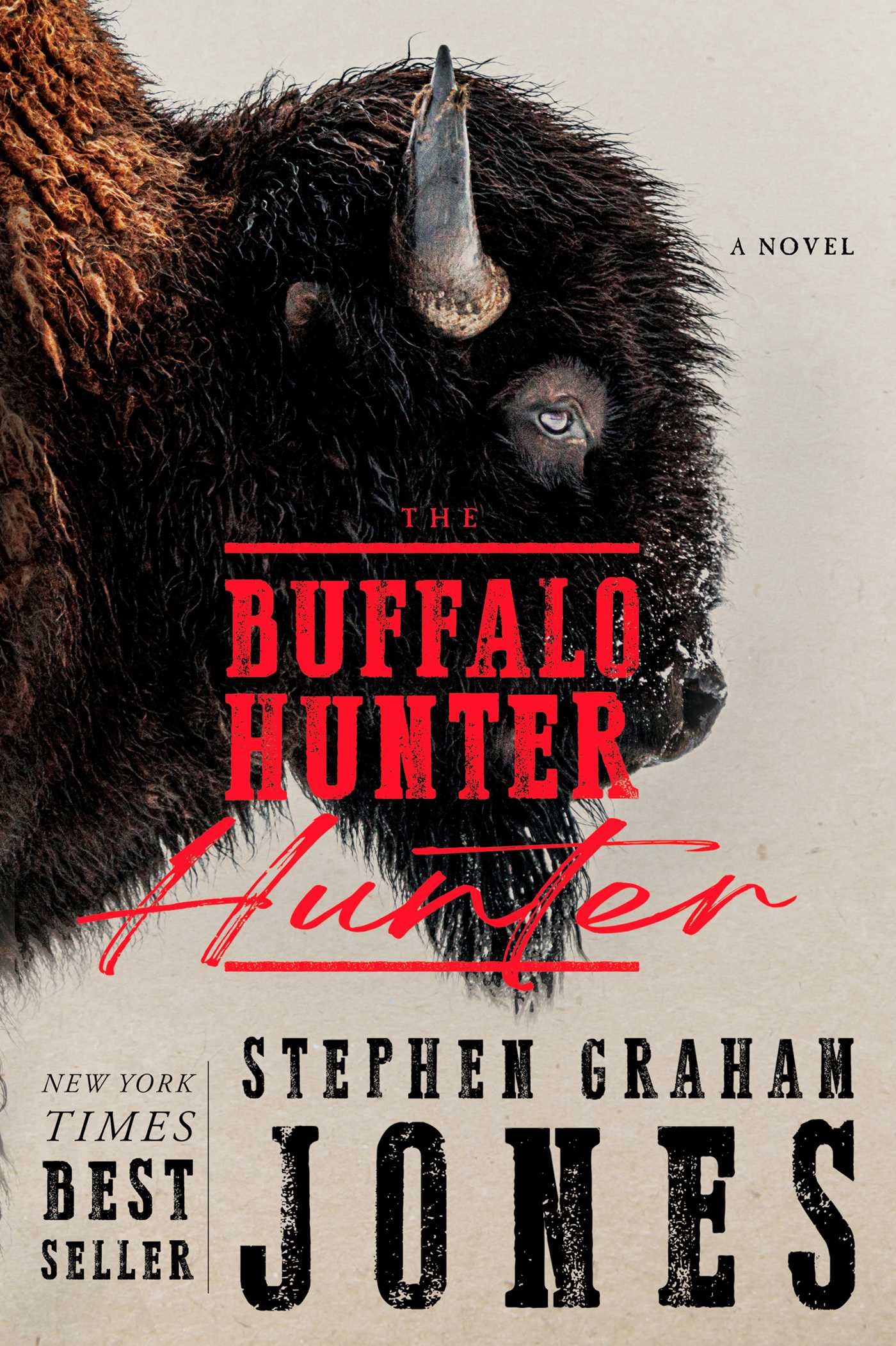
The Buffalo Hunter Hunter
The New York Times bestseller and “horror masterpiece” (NPR) from Stephen Graham Jones—the master of modern horror—is a chilling historical horror novel tracing the life of a vampire who haunts the fields of the Blackfeet reservation looking for justice. The best horror novel of the year and one of the best books of 2025.
“Jones has written his Interview with the Indigenous Vampire. A landmark of horror and historical fiction alike, perhaps the closest thing we have to horror’s Moby-Dick.” —Vulture
“Inventive and spine-tingling…a master class in voice. Queasy, uneasy, The Buffalo Hunter Hunter plays with the interplay between religion and historical guilt, identity and appetite.” —The Washington Post
A diary, written in 1912 by a Lutheran pastor is discovered within a wall. What it unveils is a slow massacre, a chain of events that go back to 217 Blackfeet dead in the snow. Told in transcribed interviews by a Blackfeet named Good Stab, who shares the narrative of his peculiar life over a series of confessional visits. This is an American Indian revenge story written by one of the new masters of horror, Stephen Graham Jones. -
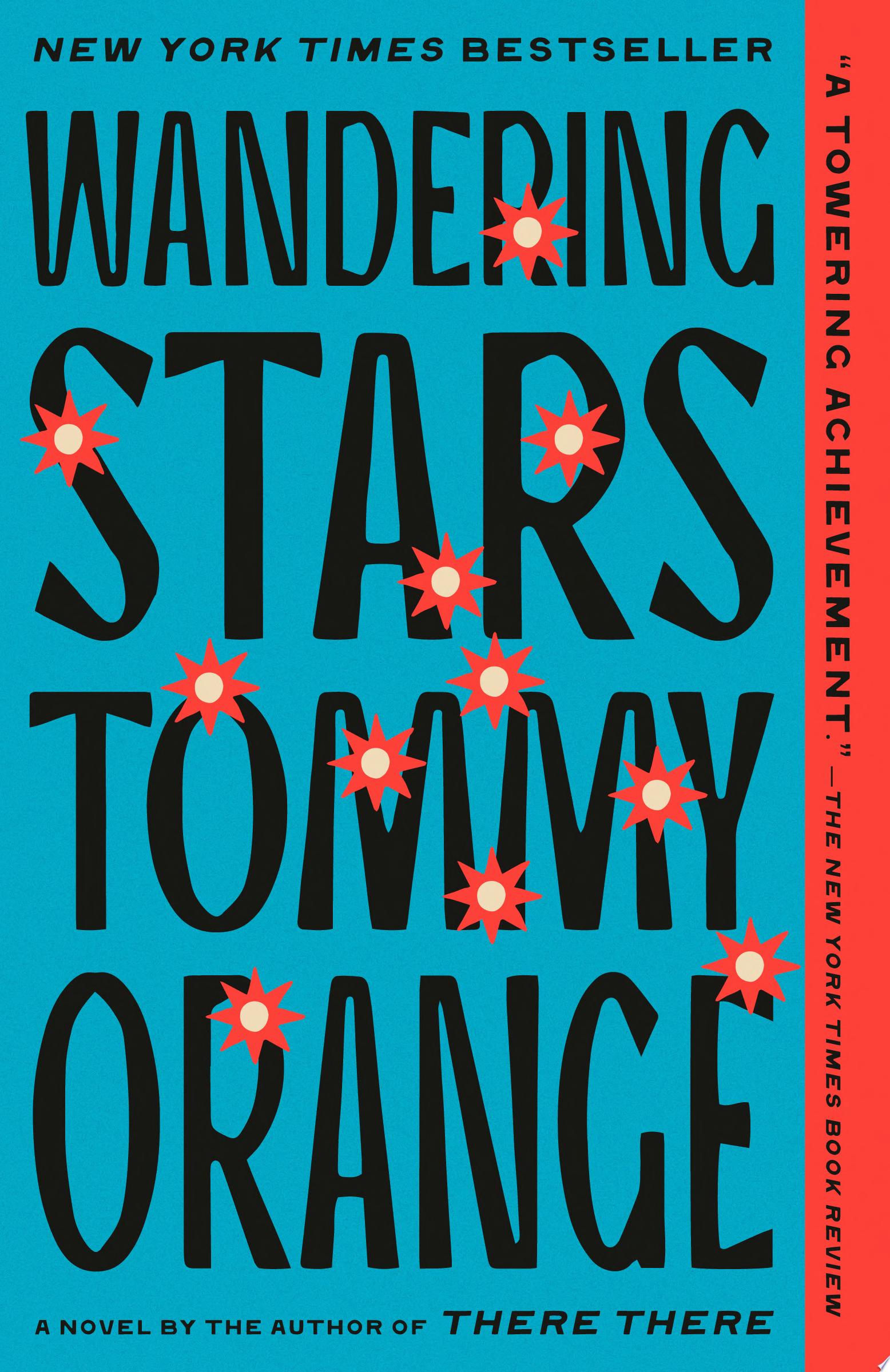
Wandering Stars
NEW YORK TIMES BESTSELLER • The Pulitzer Prize-finalist and author of the breakout bestseller There There ("Pure soaring beauty."The New York Times Book Review) delivers a masterful follow-up to his already classic first novel. Extending his constellation of narratives into the past and future, Tommy Orange traces the legacies of the Sand Creek Massacre of 1864 and the Carlisle Indian Industrial School through three generations of a family in a story that is by turns shattering and wondrous.
"For the sake of knowing, of understanding, Wandering Stars blew my heart into a thousand pieces and put it all back together again. This is a masterwork that will not be forgotten, a masterwork that will forever be part of you.” —Morgan Talty, bestselling author of Night of the Living Rez
Colorado, 1864. Star, a young survivor of the Sand Creek Massacre, is brought to the Fort Marion prison castle, where he is forced to learn English and practice Christianity by Richard Henry Pratt, an evangelical prison guard who will go on to found the Carlisle Indian Industrial School, an institution dedicated to the eradication of Native history, culture, and identity. A generation later, Star’s son, Charles, is sent to the school, where he is brutalized by the man who was once his father’s jailer. Under Pratt’s harsh treatment, Charles clings to moments he shares with a young fellow student, Opal Viola, as the two envision a future away from the institutional violence that follows their bloodlines.
In a novel that is by turns shattering and wondrous, Tommy Orange has conjured the ancestors of the family readers first fell in love with in There There—warriors, drunks, outlaws, addicts—asking what it means to be the children and grandchildren of massacre. Wandering Stars is a novel about epigenetic and generational trauma that has the force and vision of a modern epic, an exceptionally powerful new book from one of the most exciting writers at work today and soaring confirmation of Tommy Orange’s monumental gifts.
Indigenous Heritage Month - Kids
-

The Woman in the Woods and Other North American Stories
"Enjoyable for reading aloud or sharing around a campfire." -- KIRKUS
"Be careful of what you accept from spirits."
Loup Garrou, trickster rabbits, and spirits with names that can't be spoken -- the plains and forests of North America are alive with characters like these, all waiting to meet you in this collection of folklore retold in comics!
This fifth volume of the "Cautionary Fables and Fairytales" anthology series features updated takes on ancient stories from tribes spanning the continent, bursting with bedside tales that are thrilling, chilling, and most of all inspiring. Featuring the work of JORDAAN ARLEDGE, MAIJA AMBROSE PLAMONDON, MILO APPLEJOHN, and more!
-
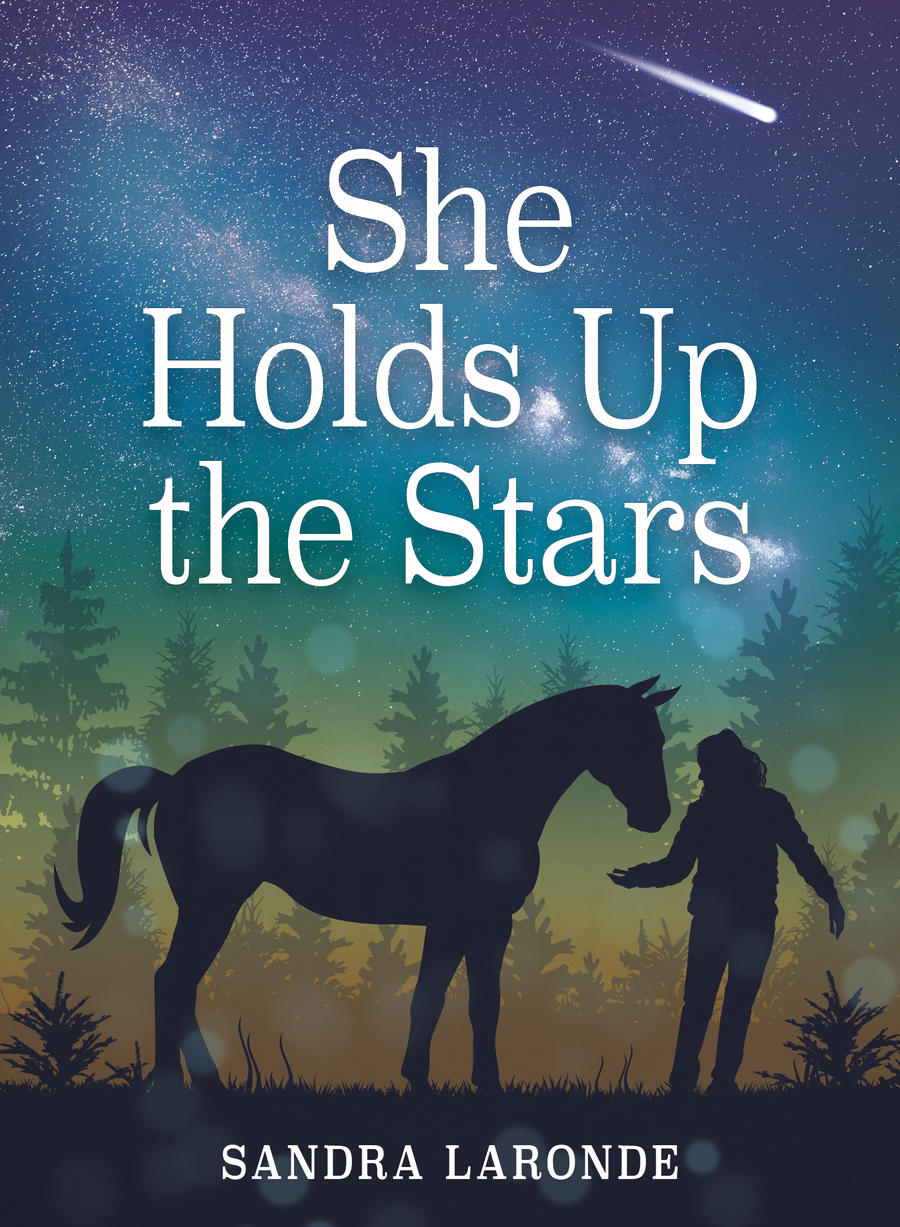
She Holds Up the Stars
"This compelling novel will introduce young readers to the complexities of modern indigeneity and resilience."--Eden Robinson, author of Monkey Beach and Son of Trickster.
A young Indigenous girl searching for a sense of home finds strength and courage in her gifts, her deepening connection to the land, and her own cultural awakening in this moving coming-of-age story.
The last thing that twelve-year old Misko wants to do is to move away from the city to spend time on the rez with her grandmother. And yet she feels strangely compelled to go, drawn by a pull that she feels in her dreams. Maybe she can finally find out what happened to her mother, who mysteriously disappeared when Misko was four years old.
Misko's relationship to the rez shifts when she encounters a spirited horse named Mishtadim. But Mishtadim is being violently broken by the rancher next door and his son Thomas. Misko and Thomas clash at first, only to find themselves drawn together by the wild horse. As Misko slowly discovers her unique bond with Mishtadim, she feels a sense of belonging and comes to understand the beauty of the world all around her.
She Holds Up the Stars is a powerful story of reconciliation and the interwoven threads that tie us to family, to the land, and to our own sense of self.
-
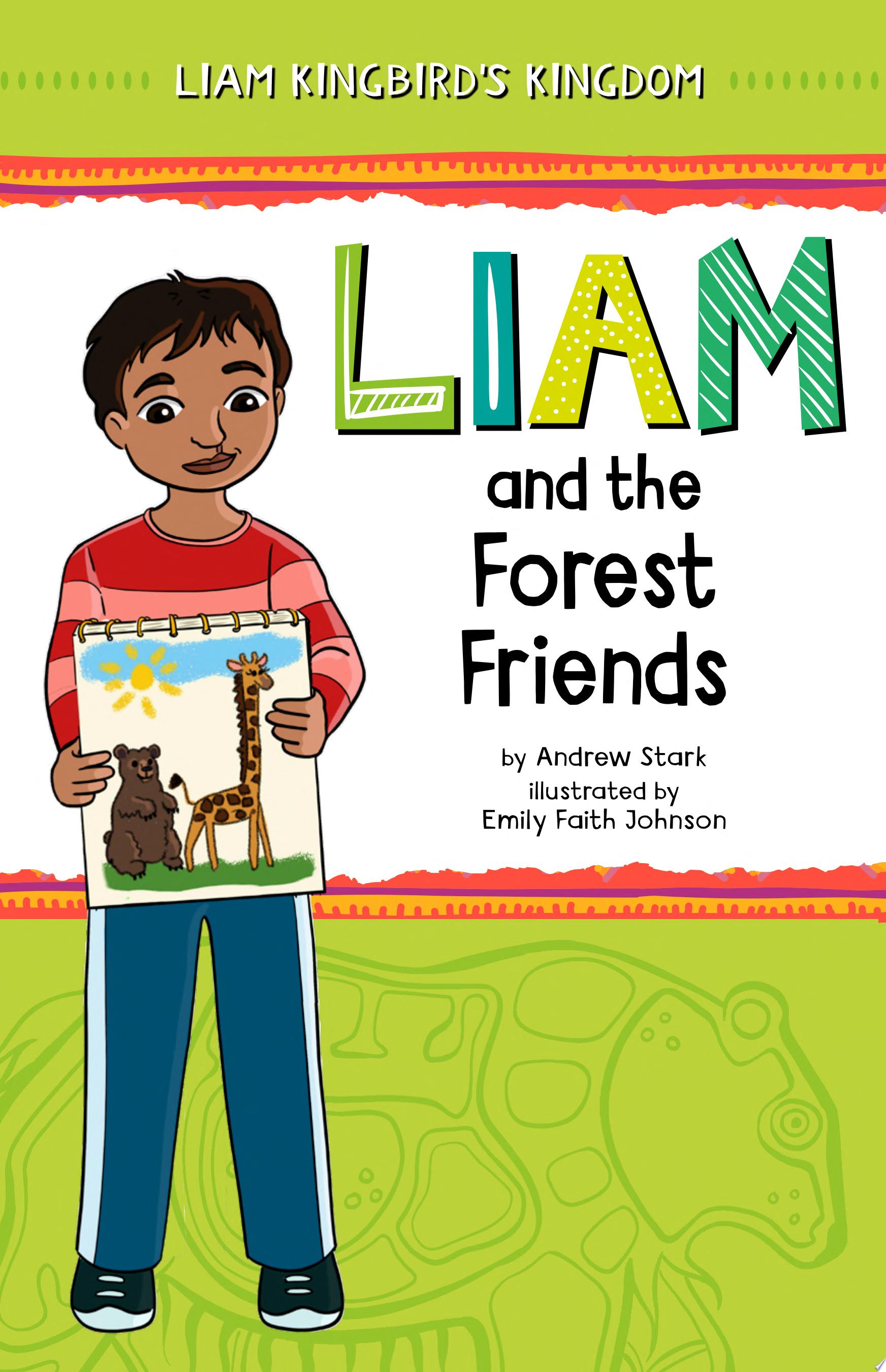
Liam and the Forest Friends
When Liam hears his parents having an argument, he escapes into an imaginary world with animal friends he has drawn. His new friends help Liam understand that even when things feel out of his control, he is always safe, always loved, and a brighter day is just ahead. K-3 readers will find a friend in this series featuring quiet but strong Indigenous third-grader Liam Kingbird.
-

The Song That Called Them Home
From the award-winning author of On the Trapline comes a cinematic fantasy-adventure story inspired by Indigenous legends.
One summer day, Lauren and her little brother, James, go on a trip to the land with their Moshom (grandfather). After they've arrived, the children decide to fish for dinner while Moshom naps. They are in their canoe in the middle of the lake when the water around them begins to swirl and crash. They are thrown overboard and when Lauren surfaces she sees her brother being pulled away by the Memekwesewak — creatures who live in and around water and like to interfere with humans. Lauren must follow the Memekwesewak through a portal and along a watery path to find and bring back James. But when she finally comes upon her brother, she too feels the lure of the Memekwesewak’s song. Something even stronger must pull them back home.
-
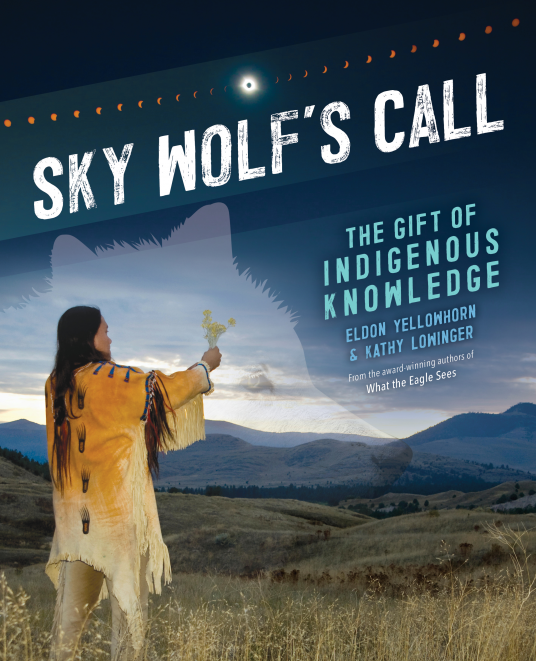
Sky Wolf's Call
From healing to astronomy to our connection to the natural world, the lessons from Indigenous knowledge inform our learning and practices today.
How do knowledge systems get passed down over generations? Through the knowledge inherited from their Elders and ancestors, Indigenous Peoples throughout North America have observed, practiced, experimented, and interacted with plants, animals, the sky, and the waters over millennia. Knowledge keepers have shared their wisdom with younger people through oral history, stories, ceremonies, and records that took many forms.
In Sky Wolf's Call, award-winning author team of Eldon Yellowhorn and Kathy Lowinger reveal how Indigenous knowledge comes from centuries of practices, experiences, and ideas gathered by people who have a long history with the natural world. Indigenous knowledge is explored through the use of fire and water, the acquisition of food, the study of astronomy, and healing practices.
*A Junior Library Guild Gold Standard Selection
-

Let's Go
A Sheila Barry Best Picturebook of the Year
A 2025 Notable Social Studies Trade Book!
A 2025 Charlotte Zolotow Award Highly Commended Title!
A Kirkus Reviews and Horn Book Magazine Best Book of 2024!
A Chicago Public Library Best of the Best Book of 2024!
"Gives the viewer the sense that not only is the world big, but its bigness impels us to keep going."--Juanita Giles, The New York Times
"Beautifully highlights the value of perseverance along with the joy of skateboarding."--Horn Book STARRED Review
"Perfectly sums up the feeling of embarking on something new and also the determination to try again after a setback."--School Library Journal STARRED Review
"[R]eminiscent of Ezra Jack Keats ... a beautiful job of capturing the grace and speed of skateboarding."--Youth Services Book Review STARRED Review
Let's Go! is an extraordinary book that celebrates skateboarding, family, and community, from beloved artist and author Julie Flett, a winner of the New York Times / New York Public Library Best Illustrated Children's Book Award.
Every day, a little boy watches kids pass by on skateboards, and dreams of joining them. One day, his mother brings a surprise: her old skateboard, just for him! haw êkwa! Let's go! Together, they practice on the sidewalk, at the park, in Auntie's yard--everywhere. But when it comes time to try the skatepark, the skateboarders crash down like a waterfall. Can he find the confidence to join them?
Let's Go! features:
- A glossary of Cree words featured in the book, and a Cree refrain (haw êkwa!) repeated throughout
- A note to the reader from Julie Flett about her inspiration for the story
This fun and touching story is a tribute to family, friendship, and perseverance. Julie Flett's renowned art and powerful text shows a community of support is all around, ready to help each other... go!
-
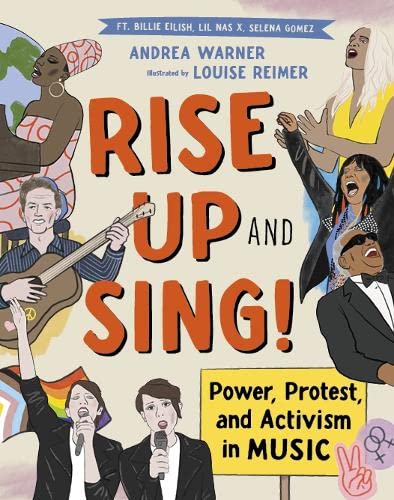
Rise Up and Sing!
This inspiring introduction to activism and social justice for young teens shows the important role music plays in changing the world, featuring:
- Musicians young teens will know and love: Beyoncé, Billie Eilish, Lady Gaga, Lil Nas X, and more!
- Iconic artists from past generations: readers will learn about the extraordinary impact of artists such as Nina Simone, Neil Young, John Lennon, Bob Dylan, Tracy Chapman, and more.
- Playlists for each social justice issue: Each chapter includes a playlist with recommended songs about an area of activism, from classic tracks to contemporary hits.
In Rise Up and Sing!, Andrea Warner explores how music has contributed to the fight for social justice. Across eight areas of activism--the climate emergency, Indigenous rights, civil rights, disability rights, 2SLGBTQIA+ rights, gender equality, the peace/anti-war movement, and human rights--Warner introduces some of the artists, past and present, who have made a difference both on stage and off.
Through ground-breaking artists and iconic moments, Rise Up and Sing! shows us that a song is never just a song, and that music really does have the power to change the world. -
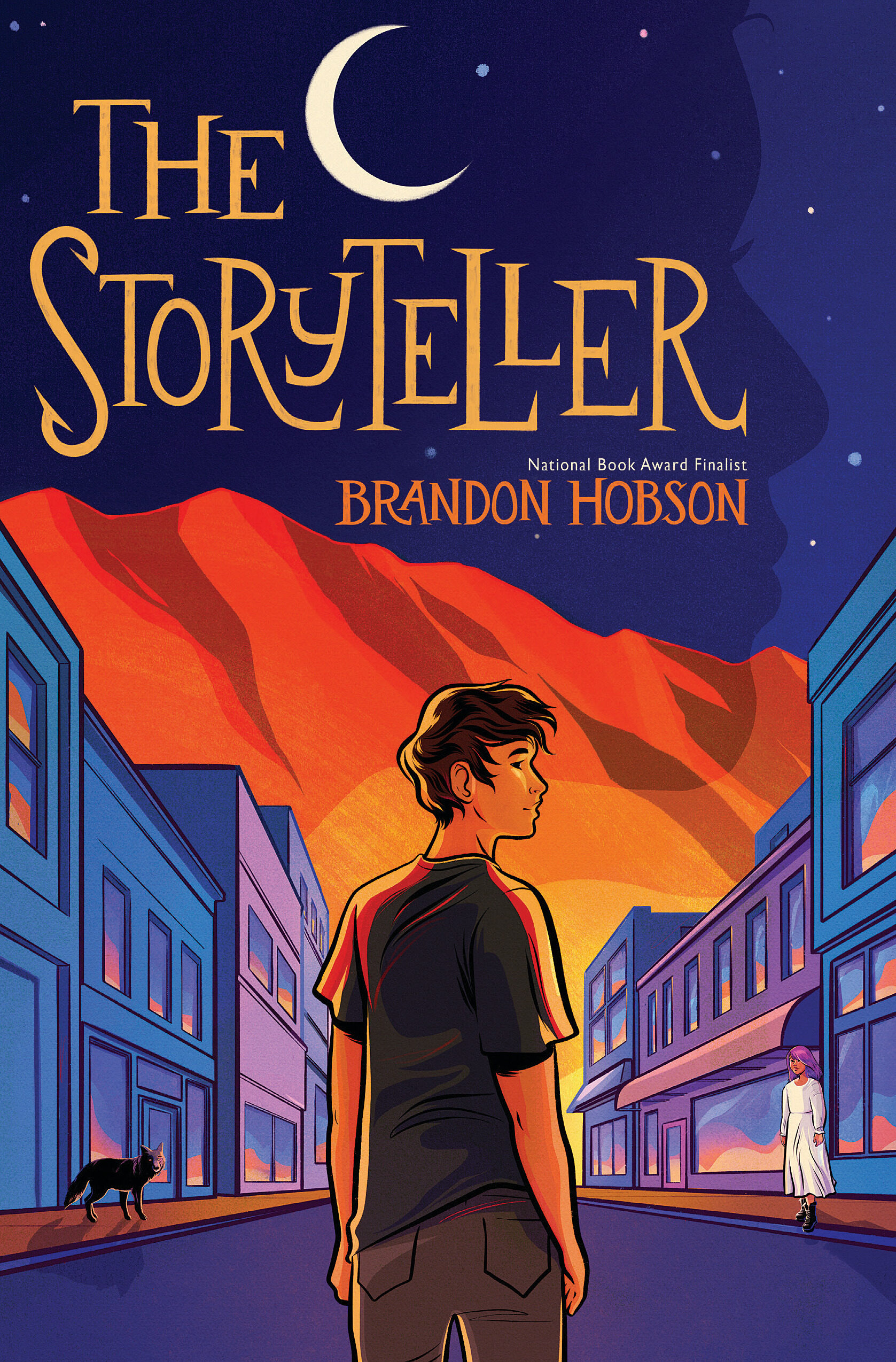
The Storyteller
From National Book Award finalist Brandon Hobson, a kaleidoscopic middle-grade adventure that mixes the anxieties, friendships, and wonders of a Cherokee boy's life with Cherokee history and lore.
Ziggy has ANXIETY. Partly this is because of the way his mind works, and how overwhelmed he can get when other people (especially his classmate Alice) are in the room. And partly it's because his mother disappeared when he was very young, making her one of many Native women who've gone mysteriously missing. Ziggy and his sister, Moon, want answers, but nobody around can give them.
Once Ziggy gets it in his head that clues to his mother's disappearance may be found in a nearby cave, there's no stopping him from going there. Along with Moon, Alice, and his best friend, Corso, he sets out on a mind-bending adventure where he'll discover his story is tied to all the stories of the Cherokees that have come before him.
Ziggy might not have any control over the past -- but if he learns the lessons of the storytellers, he might be able to better shape his future and find the friends he needs.
-
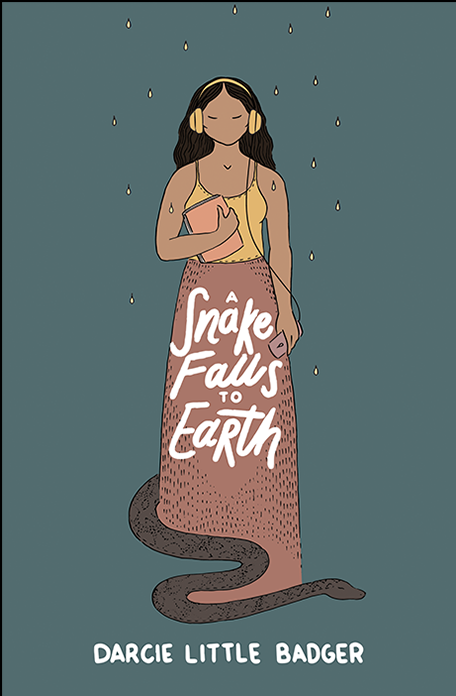
A Snake Falls to Earth
NATIONAL BESTSELLER
In this breathaking work of Indigenous futurism, Darcie Little Badger weaves an unforgettable tale of monsters, magic, and family.
Nina is a Lipan girl in our world. She's always felt there was something more out there. She still believes in the old stories.
Oli is a cottonmouth kid, from the land of spirits and monsters. Like all cottonmouths, he's been cast from home. He's found a new one on the banks of the bottomless lake.
Nina and Oli have no idea the other exists. But a catastrophic event on Earth, and a strange sickness that befalls Oli's best friend, will drive their worlds together in ways they haven't been in centuries.
And there are some who will kill to keep them apart.
BEST OF THE YEAR
Minneapolis Star Tribune * Publishers Weekly * Kirkus * Apple Books * New York Public Library * Chicago Public Library * Autostraddle
AWARDS
NEBULA AWARD WINNER
NEWBERY AWARD HONOR
AMERICAN INDIAN YOUTH LITERATURE AWARD HONOR
NATIONAL BOOK AWARD LONGLIST
P R A I S E
"A spellbinding tale." --Texas Monthly
"Genre-bending."--TIME
"Undeniably charming."--Tor.com
★ "Evokes the timeless feeling of listening to traditional oral storytelling."--Kirkus (starred)
★ "Fun, imaginative, and deeply immersive, this story will be long in the minds of readers."--Publishers Weekly (starred)
★ "Magical, stunning, and wholly original."--Booklist (starred)
"A highly descriptive story which absorbs the audience into its world, readers will become invested in reading until the very end."--School Library Connection -
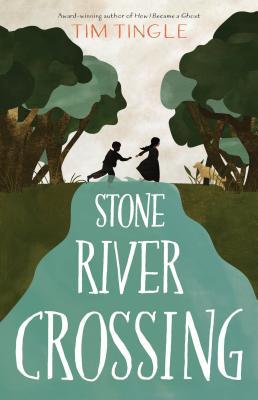
Stone River Crossing
From the award-winning author of How I Became a Ghost, a tale of unlikely friendship and miracles. When Martha Tom helps Lil Mo and his family escape from the plantation across the river, it's just the beginning of a Choctaw adventure of a lifetime.
Martha Tom knows better than to cross the Bok Chitto River to pick blackberries. The Bok Chitto is the only border between her town in the Choctaw Nation and the slave-owning plantation in Mississippi territory. The slave owners could catch her, too. What was she thinking? But crossing the river brings a surprise friendship with Lil Mo, a boy who is enslaved on the other side. Then Lil Mo discovers that his mother is about to be sold and the rest of his family left behind. But Martha Tom has the answer: cross the Bok Chitto and become free.
Crossing to freedom with his family seems impossible with slave catchers roaming, but then there is a miracle--a magical night where things become unseen and souls walk on water. By morning, Lil Mo discovers he has entered a completely new world of tradition, community, and ... a little magic. But as Lil Mo's family adjusts to their new life, danger waits just around the corner.
In an expansion of his award-winning picture book Crossing Bok Chitto, acclaimed Choctaw storyteller Tim Tingle offers a story that reminds readers that the strongest bridge between cultures is friendship.
-

Hiawatha and the Peacemaker
Born of Mohawk and Cayuga descent, musical icon Robbie Robertson learned the story of Hiawatha and his spiritual guide, the Peacemaker, as part of the Iroquois oral tradition. Now he shares the same gift of storytelling with a new generation.
Hiawatha was a strong and articulate Mohawk who was chosen to translate the Peacemaker's message of unity for the five warring Iroquois nations during the 14th century. This message not only succeeded in uniting the tribes but also forever changed how the Iroquois governed themselves--a blueprint for democracy that would later inspire the authors of the U.S. Constitution.
Caldecott Honor-winning illustrator David Shannon brings the journey of Hiawatha and the Peacemaker to life with arresting oil paintings. Together, Robertson and Shannon have crafted a new children's classic that will both educate and inspire readers of all ages.
Includes a CD featuring a new, original song written and performed by Robbie Robertson. -
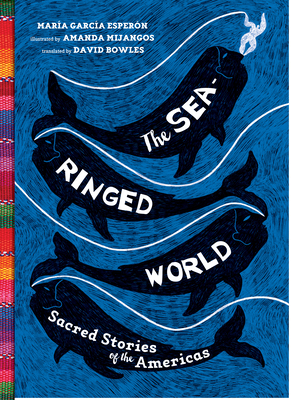
The Sea-ringed World
Batchelder Award Honor Book
School Library Journal Best of the Year
Kirkus Best of the Year
Booklist Editors' Choice
Evanston Public Library's 101 Great Books for Kids
Chicago Public Library's Best of the Best
ABC Group Best Books for Young Readers
"Hypnotizing...Provocative...Disarming"--The New York Times
"Evocative and stirring...mesmerizing to read aloud."--The Wall Street Journal
★ "Visually striking...full of vivid language."--Publishers Weekly (starred)
★ A rich anthology to understand and delight in Native traditions."--Booklist (starred)
★ "Begs to be read aloud."--Kirkus (starred)
★ "Impressive, handsome, and universally appealing."--Horn Book (starred)
★ "Breathtaking and simply beautiful."--School Library Journal (starred)
★ "The language sparkles and the tales beg to be read aloud."--School Library Connection (starred)
"Visually arresting, captivating collection of traditional stories."--Shelf-Awareness
"David Bowles' graceful translation renders this volume an excellent addition to any storytelling collection."--BCCB
"One-of-a-kind...A collection that will appeal to children, but also to any lover and collector of books."--BookRiot
A collection of stories from nations and cultures across our two continents--the Sea-Ringed World, as the Aztecs called it--from the Andes all the way up to Alaska.
Fifteen thousand years before Europeans stepped foot in the Americas, people had already spread from tip to tip and coast to coast. Like all humans, these Native Americans sought to understand their place in the universe, the nature of their relationship with the divine, and the origin of the world into which their ancestors had emerged. The answers lay in their sacred stories. -
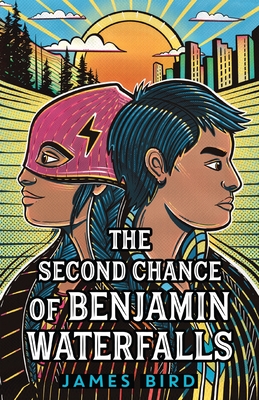
The Second Chance of Benjamin Waterfalls
A middle-grade novel by James Bird about a boy sent to his Ojibwe family to straighten out his life.
Benjamin Waterfalls comes from a broken home, and the quickest fix he’s found for his life is to fill that emptiness with stuff he steals and then sells. But he’s been caught one too many times, and when he appears before a tough judge, his mother proposes sending him to “boot camp” at the Ojibwe reservation where they used to live.
Soon he is on his way to Grand Portage, Minnesota, to live with his father – the man Benny hasn’t seen in years. Not only is “boot camp” not what he expects, but his rehabilitation seems to be in the hands of the tribal leader’s daughter, who wears a mask. Why? Finding the answer to this and so many other questions prove tougher than any military-style boot camp. Will answers be enough for Benny to turn his life around and embrace his second chance? -
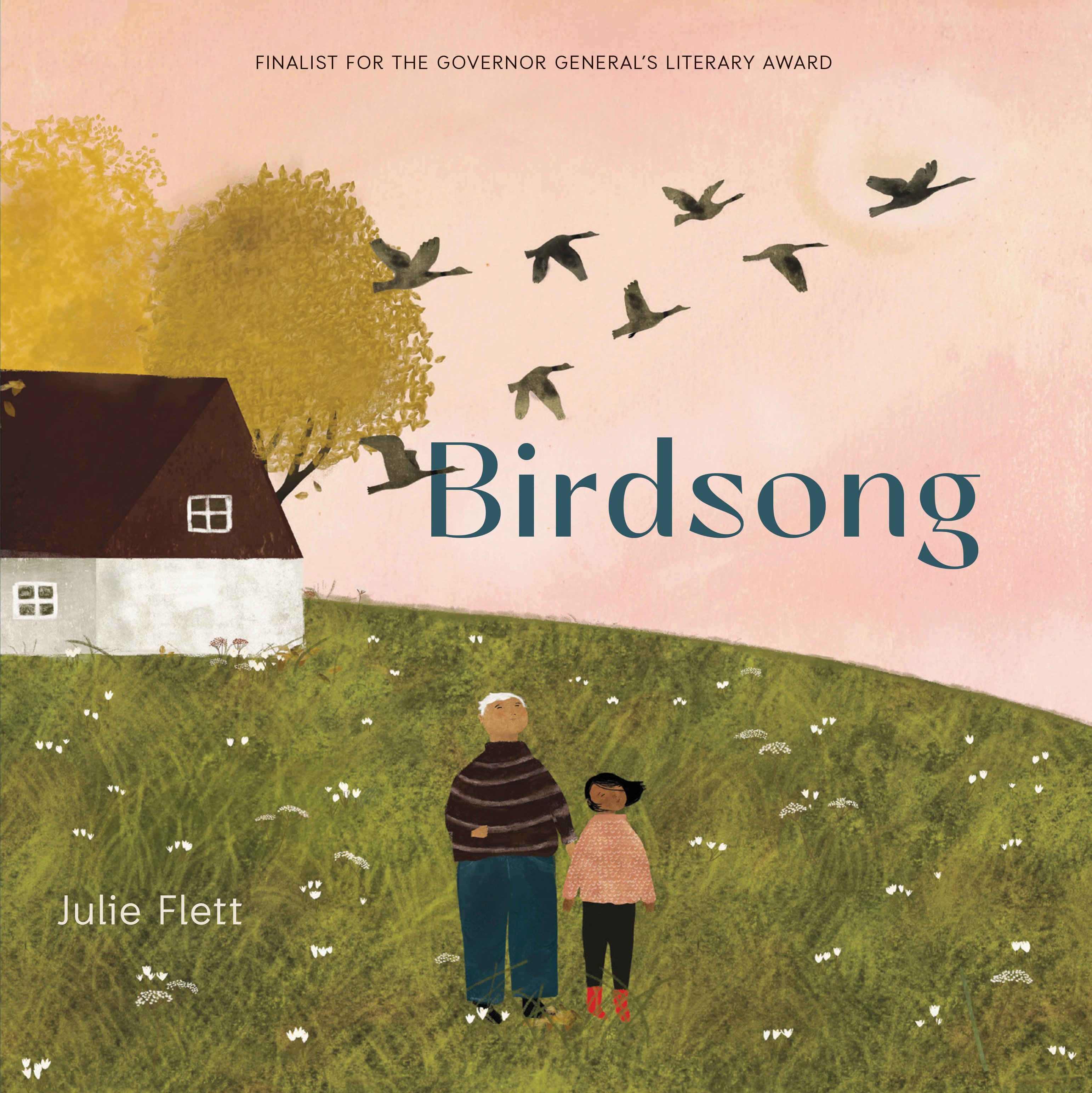
Birdsong
BEST BOOK OF THE YEAR: PUBLISHERS WEEKLY, SCHOOL LIBRARY JOURNAL, KIRKUS, HORN BOOK, QUILL & QUIRE, GLOBE AND MAIL
WINNER OF THE TD CANADIAN CHILDREN'S LITERATURE AWARD
FINALIST FOR THE GOVERNOR GENERAL'S AWARD
AN AMERICAN INDIAN YOUTH LITERATURE HONOR TITLE
A BOSTON GLOBE--HORN BOOK HONOR BOOK
When Katherena and her mother move to a small town, Katherena feels lonely and out of place. But when she meets an elderly woman artist who lives next door, named Agnes--her world starts to change.
Katherena and Agnes share the same passions for arts and crafts, birds, and nature. But as the seasons change, can Katherna navigate the failing health of her new friend?
Award-winning author and artist Julie Flett's textured images of birds, flowers, art, and landscapes bring vibrancy and warmth to this powerful story, which highlights the fulfillment of intergenerational relationships, shared passions, and spending time outdoors with the ones we love.
Includes a glossary and pronunciation guide to Cree words that appear in the text.
"Cree-Métis author/illustrator Julie Flett's smooth and lyrical words and gorgeous... images truly capture the warmth and solidarity of the female protagonists in this tender intergenerational friendship story."--The Horn Book
"Cycling from spring to spring, [Julie Flett's] subtle, sensitive story delicately traces filaments of growth and loss through intergenerational friendship, art making, and changing moons and seasons." --Publishers Weekly (starred review)










